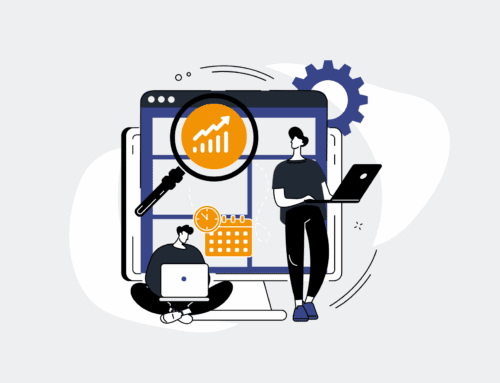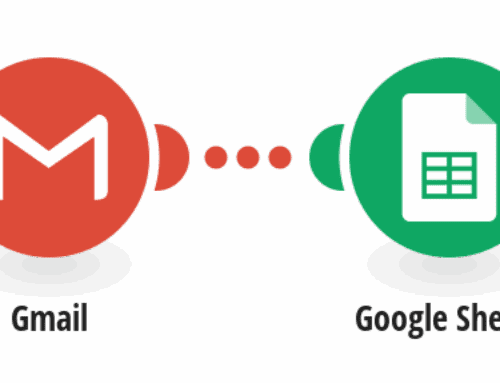Sending Timely COVID-19 Updates: A Guide to Scheduling Android Push Notifications
Introduction to COVID-19 Push Notifications
In a world where staying informed is more important than ever, push notifications have become our lifeline. Especially when it comes to something as crucial as COVID-19 statistics, getting timely updates can be pivotal. You might wonder how these little alerts manage to keep us on our toes whenever there’s an update. Well, it’s all about harnessing the power of Android push notifications to make sure that you’re never out of the loop.
Imagine being able to get real-time data on COVID-19 that could influence your day-to-day decisions. Whether it’s planning your next grocery run or deciding whether today is a good day for a walk in the park, push notifications about COVID-19 stats are the guiding light. And the best part? Setting them up isn’t as daunting as it sounds. Let’s dive into how Android users can schedule these vital reminders efficiently.
Why Push Notifications? The Importance of Real-Time Alerts
Push notifications act like a tap on the shoulder, bringing immediate attention to what matters most. During the pandemic, receiving real-time updates about COVID-19 statistics through push notifications can be a game-changer. It’s akin to having a personal assistant who whispers essential information right when you need it, without your having to ask.
These notifications ensure you don’t miss out on critical data that affects your safety and well-being. They are designed to deliver bite-sized crucial information directly to your home screen, making sure it captures your attention instantly. In the context of the pandemic, knowing the latest trends and numbers can help you make informed choices in this rapidly changing landscape.
Steps to Schedule Android Push Notifications
Setting Up Your Notification System
First things first, let’s talk about setting up your notification system. This process begins with selecting a reliable application or service that can curate COVID-19 updates accurately. Technology offers us several platforms that can fetch real-time data, but choosing the right one ensures your notifications are relevant and timely.
Once you’ve chosen your platform, it’s time to sync it with your device. Ensure that the app permissions are correctly set so it can notify you without hitches. It’s like tuning your radio just right to catch your favorite station without static interference.
Configuring Notification Preferences
After your notification system is in place, configuring your notification preferences is the next step. Customization is key here; you wouldn’t want to be bombarded with alerts that don’t serve your specific needs. Decide on what kind of reports you want—daily, weekly, or perhaps just on significant changes.
You can liken this process to setting a precise alarm clock. Knowing exactly when and how often you require updates will not only avoid information overload but will also maintain the importance and urgency of each notification you receive.
Leveraging Automation Tools for Efficiency
Incorporating automation tools brings a whole new level of efficiency to scheduling notifications. If manual setup feels too cumbersome, automation steps in to simplify the task. With these tools, you can automate everything from fetching data to sending it out at the perfect timing, just like a well-oiled machine working unimpeachably.
Think of automation in this context as hiring a virtual assistant who remembers everything and never makes a mistake. These tools can be configured to scour through data sources, analyze the critical ones, and push those stats straight to your device without breaking a sweat.
Ensuring Accuracy: Picking Reliable Data Sources
Accuracy is paramount, especially when dealing with something as serious as pandemic statistics. The effectiveness of your push notifications hinges on the reliability of the data source. Consider using recognized health organizations and governmental portals that provide verified information.
Imagine trying to fill a bucket of water with a sieve—the importance of a solid data foundation cannot be overstated. By ensuring that your notifications are sourced from credible outlets, you prevent misinformation and enhance the value and trustworthiness of your alerts.
Managing Frequency and Content: Avoiding Notification Overload
The key to effective push notifications is balance. While it’s important to stay informed, overwhelming yourself with constant pings can lead to notification fatigue, where alerts lose their impact. It’s crucial to manage the frequency and content carefully, keeping it relevant and digestible.
Think of it as maintaining a balanced diet; you want enough notifications to keep you healthy with information but not so much that you’re stuffed with unnecessary details. Tailor your notifications based on the most relevant metrics that affect you personally.
Dealing with Technical Glitches: Troubleshooting Tips
Technology isn’t perfect; sometimes glitches happen. When your notifications start acting up, it can be frustrating. The first troubleshooting tip is to check your app settings and permissions to ensure everything’s in order. Often, a quick reset can resolve these minor hiccups.
If issues persist, consider consulting user forums or online guides. It’s like calling a friend when you can’t solve that stubborn puzzle. Others may have faced similar issues and could offer simple solutions to get your notifications back on track.
Conclusion: Staying Informed and Safe
Navigating through the pandemic requires staying informed, and Android push notifications can be your trusty sidekick in achieving that. By setting up accurate, timely, and relevant alerts, you empower yourself to make informed decisions daily. The seamless blend of technology and information keeps you one step ahead.
Remember, while the setup might require a bit of patience initially, the benefits far outweigh the efforts. Stay connected, stay informed, and most importantly, stay safe as you navigate through these testing times with the kind of insight only push notifications can bring.
FAQs
How do I choose a reliable app for COVID-19 notifications?
Look for apps that are affiliated with trusted health organizations or government agencies. User reviews and ratings can also provide insights into the app’s reliability.
Can I customize the type of COVID-19 updates I receive?
Yes, most apps allow customization options. You can choose the frequency and type of updates, such as daily summaries or alert-level changes.
What should I do if my notifications stop working?
Check your app settings, ensure permissions are granted, and that your internet connection is stable. If problems persist, consider reinstalling the app or contacting support.
Are there any privacy concerns with enabling push notifications for COVID-19 stats?
Ensure that the app you use complies with privacy laws and collects only necessary data. Read its privacy policy to understand how your data is used.
How often should I check for updates to avoid overload?
It depends on your preference. However, opting for once-a-day comprehensive updates can help you stay informed without feeling overwhelmed.










